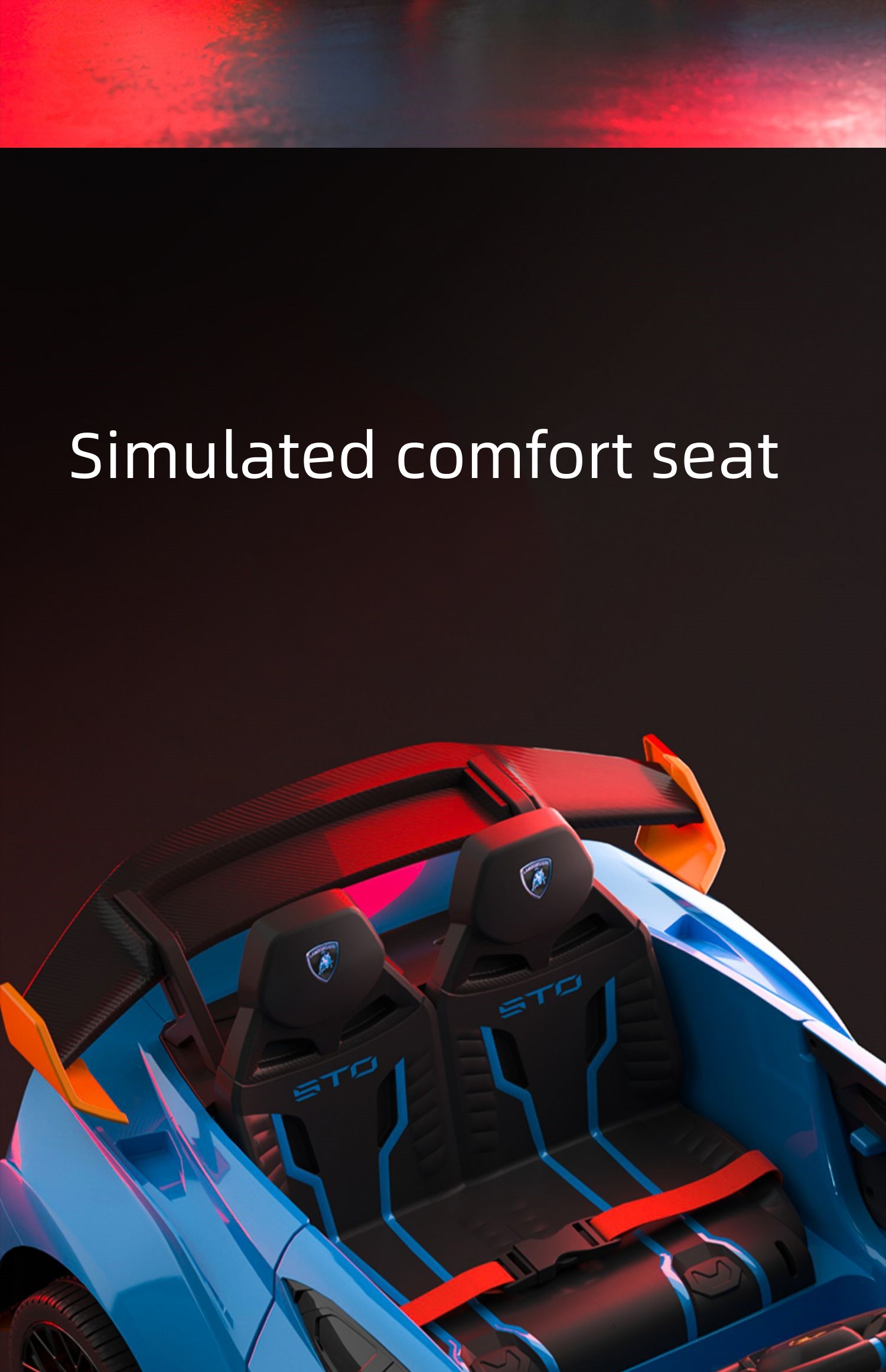self balancing scooter how it works
Understanding How Self-Balancing Scooters Work
Self-balancing scooters, commonly known as hoverboards, have taken the world by storm since their introduction in the early 2010s. With their futuristic design and ease of use, these devices have become popular for both recreation and commuting. But how do they work? To truly appreciate the technology behind these scooters, it's essential to break down the components and principles of operation.
The Basic Structure
A self-balancing scooter consists primarily of a platform for the rider’s feet, two wheels on either side, and an intricate internal system that allows for balance and movement. The device is typically powered by rechargeable lithium-ion batteries, providing sufficient energy for extended rides.
Sensor Technology
At the heart of each hoverboard is a sophisticated system of sensors that play a crucial role in maintaining balance. These sensors, mainly gyroscopes and accelerometers, continuously monitor the angle and position of the rider relative to the ground.
1. Gyroscopes These devices measure the rotational movement and angular velocity. In the case of a hoverboard, gyroscopes help determine how far the scooter tilts in any direction.
2. Accelerometers These sensors measure the acceleration of the scooter. They can detect changes in the position of the hoverboard. By combining data from both accelerometers and gyroscopes, the scooter can ascertain its orientation and direction.
Control System
The control system is what interprets data collected by the sensors and translates it into movement. When the rider shifts their weight forward, the gyroscope senses the shift, and the control system activates the motors to propel the scooter forward. Conversely, leaning backward will cause the scooter to slow down or move in reverse. The precision of this control system is vital for safety and agility, allowing for sharp turns and quick stops.
self balancing scooter how it works

Motors and Wheels
Each wheel is equipped with an electric motor that provides the necessary torque to move the scooter. Most self-balancing scooters utilize brushless DC motors, known for their efficiency and durability. The control system regulates these motors based on the sensor data to ensure smooth operation.
When the rider leans to the side, the balance system engages one motor more than the other, enabling the scooter to turn. For instance, leaning left will speed up the left wheel while slowing down the right, enabling the rider to navigate smoothly around corners.
Battery Life and Charging
Most self-balancing scooters are designed with portability in mind, featuring lightweight structures and compact batteries. The lithium-ion batteries used in these devices generally offer decent range, allowing users to travel several miles on a single charge. Advanced models may come with features like regenerative braking, which can help extend battery life by converting some of the energy used for acceleration back into battery power during deceleration.
Safety Mechanisms
Safety is paramount when it comes to self-balancing scooters. Many models come equipped with built-in safety features such as battery management systems (BMS) that prevent overcharging and overheating. Additionally, some scooters are fitted with anti-slip footpads and LED lights to enhance visibility during low-light conditions.
Furthermore, riders are encouraged to wear protective gear, such as helmets and knee pads, to minimize injury in case of falls. It’s also important for users to familiarize themselves with stability techniques to master balance before venturing into more challenging environments.
Conclusion
Self-balancing scooters represent a fascinating convergence of technology and engineering. Through the integration of advanced sensors, efficient motors, and smart control systems, these innovative devices offer a unique mode of personal transportation. Understanding how they work not only enhances user experience but also highlights the remarkable advancements in personal mobility technology. Whether for fun or practical use, self-balancing scooters continue to pave the way for the future of urban transport. As technology evolves, we can expect even more improvements in safety, efficiency, and design, making these scooters a lasting fixture in the landscape of modern transit.
-
Understanding Voltage in Battery for Children's Motorized CarNewsJun.05,2025
-
Safety Features to Look for in an Electric Car for KidsNewsJun.05,2025
-
How to Teach Your Child to Ride a Kids MotorcycleNewsJun.05,2025
-
How to Prevent Falls on a Balanced ScooterNewsJun.05,2025
-
How to Maintain Your 3 Wheeled Scooter for LongevityNewsJun.05,2025
-
Best Motorcycle Scooters for Urban CommutingNewsJun.05,2025
